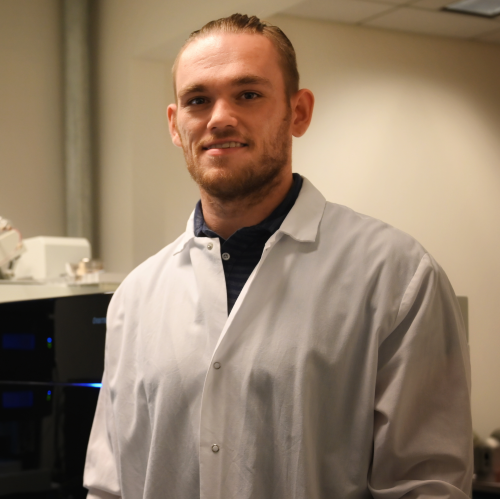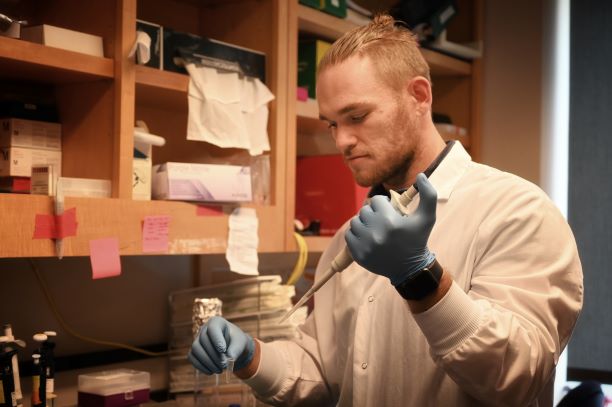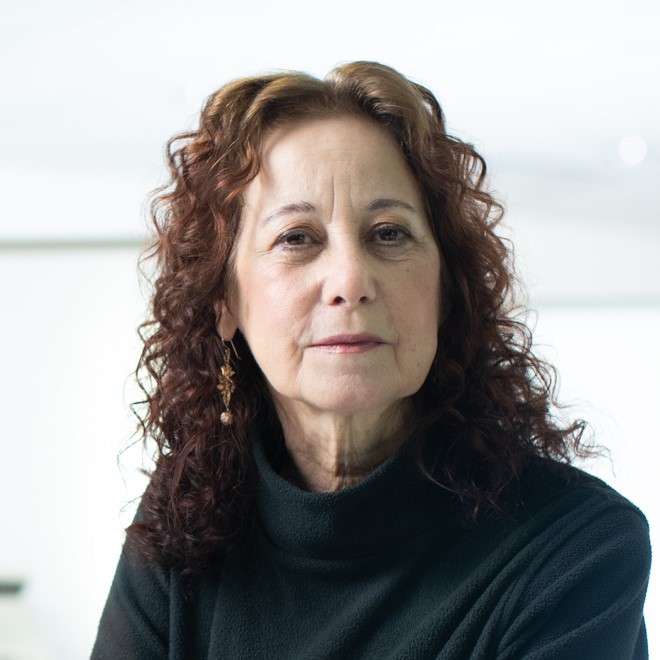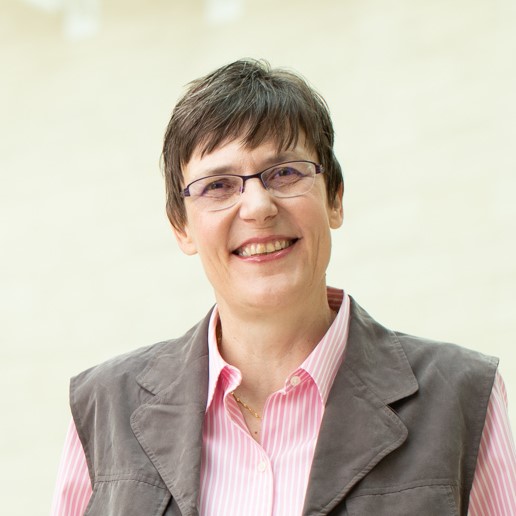by Buck Institute
October 12, 2020 . News
Buck postdoc Nathan Basisty wins a prestigious career-boosting award from the NIH
 With both of his Buck mentors describing him as an “exceptional scientist” and a “generous and valuable collaborator,” postdoc Nate Basisty is poised to take a huge leap in his career, thanks to a prestigious and highly competitive Pathway to Independence Award from the National Institutes of Health.
With both of his Buck mentors describing him as an “exceptional scientist” and a “generous and valuable collaborator,” postdoc Nate Basisty is poised to take a huge leap in his career, thanks to a prestigious and highly competitive Pathway to Independence Award from the National Institutes of Health.
Basisty, who played a crucial role in creating a publically-accessible database that can be used to develop clinically relevant, senescence-based biomarkers of aging, has been awarded $262,000 over two years to transition to his own independent lab. Assuming his job search goes well, Basisty will also be cued up to apply for a major grant that would provide three years of additional funding for his research.
“I am super excited to get this grant,” said Basisty, who has been at the Buck for five years, and is mentored by faculty members Judith Campisi and Birgit Schilling along with Luigi Ferrucci, MD, the Scientific Director of the Intramural Research Program at the National Institute on Aging. “Aging is such an important problem to tackle, and the Buck is the perfect place to do the work. I’m glad to be involved in projects that will translate our understanding of senescence into something that will help improve human health.”
The need for biomarkers
 Senescent cells, which stop dividing under stress, are long-recognized drivers of multiple diseases of aging. Mouse studies have shown that targeted removal of these cells and the inflammatory factors they secrete, known as the senescence-associated secretory phenotype (SASP), has beneficial results on multiple organ systems and functions. Success in the laboratory has given rise to companies and research projects aimed at developing either senolytics, drugs that clear senescent cells, or senomorphics, drugs that suppress the SASP. But drug development and clinical utilization require simple, reliable biomarkers to assess the abundance of senescent cells in human tissues.
Senescent cells, which stop dividing under stress, are long-recognized drivers of multiple diseases of aging. Mouse studies have shown that targeted removal of these cells and the inflammatory factors they secrete, known as the senescence-associated secretory phenotype (SASP), has beneficial results on multiple organ systems and functions. Success in the laboratory has given rise to companies and research projects aimed at developing either senolytics, drugs that clear senescent cells, or senomorphics, drugs that suppress the SASP. But drug development and clinical utilization require simple, reliable biomarkers to assess the abundance of senescent cells in human tissues.
“I would sit in lab meetings where people would talk about various proteins and wonder if they were part of the SASP,” said Basisty. “Then people would have to sift through all of these research papers to try to make sense of what was going on. Developing the interactive database, which Birgit and I had been discussing, just made sense.”
Basisty was the lead author of a study published earlier this year in PLOS Biology which highlighted the establishment of the curated database. The paper has been widely viewed and cited by researchers around the world. Over 1,000 SASP proteins are currently included in the database.
The NIH award is also supporting Basisty’s efforts to identify and validate markers that sit on the surface of senescent cells. “These markers are really important,” he said. “We can potentially target them with therapeutics and we can also use the markers to identify and isolate senescent cells from human tissue.” Basisty says researchers currently lack the ability to remove and study cells that become senescent in a person – the only option is to artificially induce cellular senescence in cell culture. “Studying the ‘surfaceome’ is extremely valuable,” he said. “These markers could one day allow us to see how senolytic drugs work on senescent cells taken from actual human tissues. That’s precision medicine.”
In praise of a promising researcher

Dr. Judy Campisi
The NIH award is targeted toward “highly motivated, advanced postdoctoral research scientists.” Basisty’s Buck mentors say, in this case, the NIH chose wisely: “Nate is an exceptional scientist — and person,” said Campisi, who is a pioneer in the study of cellular senescence. “He not only has an outstanding grasp of the power and complexities of mass spectrometry, he also has an outstanding grasp of the biology. This is a rare and valuable combination.”

Dr. Birgit Schilling
Schilling, who directs the Institute’s Proteomics and Mass Spectrometry Core, acknowledges Basisty’s work on many high-profile projects that focus on the link between aging and disease. “Nate is a generous person and is always helpful to anybody around him scientifically or personally. His skill sets of deep biological knowledge, understanding of mass spectrometry and computer coding allow him to tackle projects comprehensively.”
Basisty was born in Ukraine and came to this country with his parents, who were engineers, when he was two. Growing up in the greater Seattle area, he always showed an affinity for science. His original intent to become a physician was challenged when he started working in labs and fell in love with the scientific process. “You get to choose the question to ask and choose the experiments to answer the question. Then you get to ask the next question and constantly nurture the project forward. Being a scientist is such a cool job.”
Basisty was still in pre-med when he attended a lecture about the conserved mechanisms of aging when he was getting his BS at the University of Washington in Seattle. “I often wondered why and how people and animals aged – then I discovered that there was a field called geroscience that actually studied it. I was hooked. That lecture definitely factored into my decision to become a scientist.”
A lesson for all of us – don’t be afraid to ask
The NIH award requires Basisty to be mentored over the course of his grant award. Campisi and Schilling were obvious choices – he works with them daily at the Buck. Reaching out to the NIA’s Ferrucci, who runs The Baltimore Longitudinal Study of Aging, America’s longest-running scientific study of human aging, upped the ante, even though Ferrucci was already a co-author of the PLOS Biology study. “Initially I was afraid to ask because everyone, including Dr. Ferrucci, who is a leader in his field, is clearly very busy. But once I did it, he was so friendly, enthusiastic and helpful. There really is a desire to keep the science moving forward.”
Science is showing that while chronological aging is inevitable, biological aging is malleable. There's a part of it that you can fight, and we are getting closer and closer to winning that fight.
Eric Verdin, MD, Buck Institute President and CEO